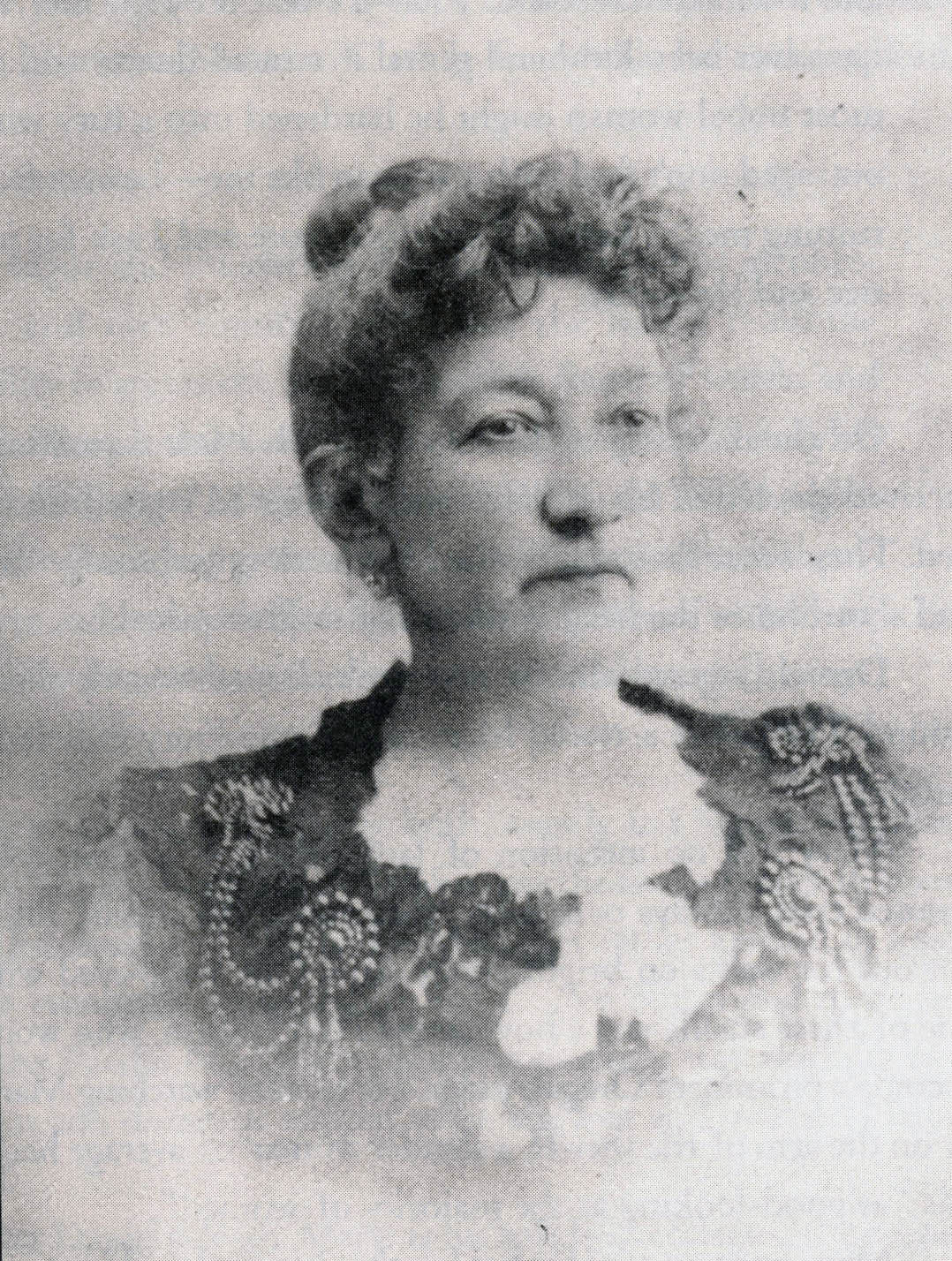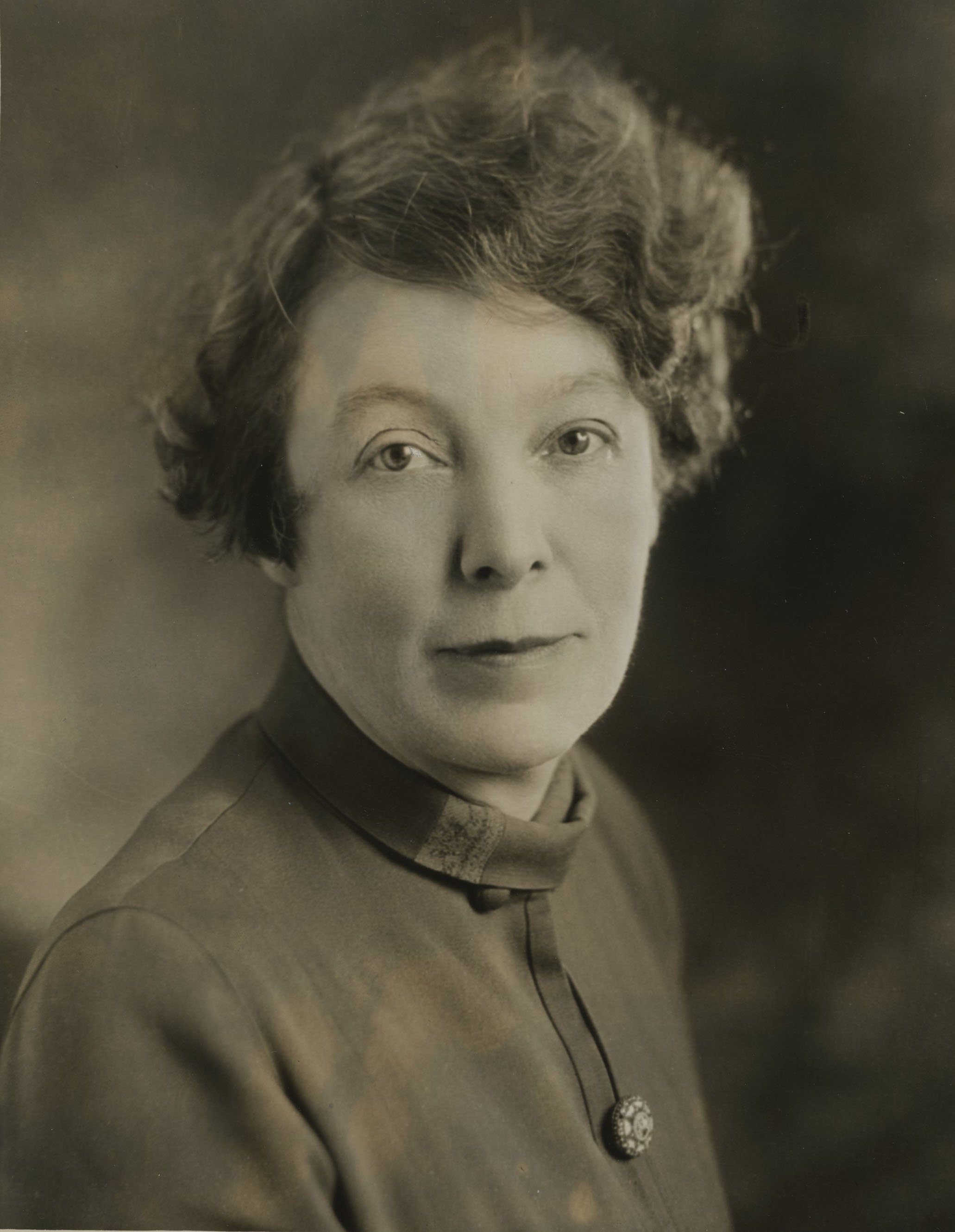In 1886, Mary Gysin Leonard was the first woman admitted to the bar in Oregon, at a time when women had not yet been granted the right to vote in the state. She persevered in her fight to gain the right for women to practice law in the state, despite social and legal obstacles.
Mary Gysin was born in about 1845 to Swiss migrant workers Johannes Gysin and Elisabeth Grieder in Alsace, France, where her father worked in a silk mill. Raised in Canton of Basel, Switzerland, she was one of seven children; she immigrated alone to the United States while in her twenties. By 1870, she was working as a domestic in Portland; within five years, she was working as a seamstress.
On May 18, 1875, Gysin married Daniel G. Leonard, the prosperous owner of a hotel in east Wasco County. From the beginning, the marriage was tumultuous; and in the fall of 1877, Daniel filed for divorce, claiming adultery. Mary cross-filed, claiming mental and physical cruelty. In late December, after Daniel refused to make court-ordered spousal maintenance payments, Mary sent him a scathing letter, writing that she had “the spirit to get even” with him for his brutish ways.
While divorce proceedings were pending, Daniel Leonard was shot in the head and died twelve days later. While there were no witnesses to the shooting, Col. G.H. Gates, Daniel's lawyer and the mayor of The Dalles, suspected Mary and her alleged lover, Nathaniel Lindsay. A grand jury indicted Leonard for murder and Nathaniel Lindsay for inciting, counseling, and abetting murder.
Leonard spent almost eleven months in jail without bail. Her lawyer, W. Lair Hill, arranged separate trials for Leonard and Lindsay, and she was acquitted on November 20, 1878; the state dropped all charges against Lindsay. As Daniel’s sole heir, Leonard collected his estate and moved to Portland, where she bought a succession of boardinghouses.
Likely because of her legal troubles, Leonard developed an interest in the law. In 1883, she moved to Seattle and began reading law with J.C. Haines at Struve, Haines, and McMicken. She passed the bar exam and on March 11, 1885, was admitted to practice in Washington Territory. Within days, she had returned to Oregon and sought admission to the state and federal courts based on her certification in Washington.
On March 18, the Oregon Supreme Court denied Leonard’s application, noting that it was the first ever received from a woman and that the court had no authority to admit a woman to practice law before Oregon courts. The federal courts, however, were another matter. Judge Matthew P. Deady, citing the 1879 act that allowed women to practice before the U.S. Supreme Court, admitted Mary to the federal bar on March 27.
In the fall of 1885, Leonard traveled to Salem and determinedly petitioned the Oregon legislature to change the law. Senate Bill 50, sponsored by Senator J.M. Siglin, provided that "women shall be admitted to the practice of law as attorneys, in the courts of this State, upon the same terms and conditions as men." The bill was enacted and signed by Governor Z.F. Moody on November 20.
When Leonard reapplied to the Oregon Supreme Court under the new law, the court referred to a rule requiring a year's residence before a lawyer from another state or territory could practice in Oregon. Leonard challenged the rule, arguing in her first case before the Oregon Supreme Court that it had never been enforced against male applicants and should not be enforced against her. The court was persuaded, and Leonard was admitted to the Oregon Bar on April 13, 1886.
As a lawyer, Leonard was reputed to have poor writing but excellent courtroom skills. She advertised in the New Northwest that her “ambition” was to do all she could to “advise and assist” her “helpless and defenseless…sisters,” and she offered free legal advice to any woman who came to her office in the afternoons between one and two o'clock. The majority of her practice, however, was before the police courts, and she continued to supplement her income with rent from the boardinghouses she owned. She was also known for her drinking with the Knights of the Green Bag, a group of young male lawyers.
In 1897, Leonard was charged with threatening to kill the landlord of one of her boardinghouses. She was acquitted after a reportedly “amusing” trial in which she admitted to carrying a hammer and a “toy” pistol. The following year, when she was convicted of embezzling $1.40 and jailed for refusing to pay an $18 fine, she was released on writ of habeas corpus filed by her attorney friends.
Near the end of her career, Leonard’s work became messy and her writing almost incomprehensible, which may have signaled the onset of illness. She practiced law until just a few months before she died of heart disease, penniless and living alone, on October 24, 1912.
Leonard’s name and contribution to Oregon’s legal community have been recognized by subsequent generations of women lawyers. In 1985, the Mary Leonard Law Society, the Marion County chapter of Oregon Women Lawyers, was named in her honor.
-
![]()
Mary Gysin Leonard.
Courtesy Oreg. Hist. Soc. Research Library, Orhi72693
Related Entries
Map This on the Oregon History WayFinder
The Oregon History Wayfinder is an interactive map that identifies significant places, people, and events in Oregon history.
Further Reading
In re Application of Leonard, 12 Or 93, 6 P 426 (1885).
Steber, Rick. Women of the West: Tales of the Wild West Vol. 5. New York: Bonanza Books, 1988.
Shirley, Gayle C. More Than Petticoats. Remarkable Oregon Women, 2nd Ed. Guilford, Conn.: Globe Pequot Press, 2010.
Clark, Malcolm H., Jr. “The Lady and the Law: A Portrait of Mary Leonard.” Oregon Historical Quarterly 55 (June 1995): 126.
Abrams, Kerry. "Folk Hero, Hell Raiser, Mad Woman, Lady Lawyer: What is the Truth About Mary Leonard?" Women Legal History (1997). http://wlh-static.law.stanford.edu/papers/LeonardM-Abrams.pdf.
Oregon Women Lawyers Mary Leonard Chapter.




